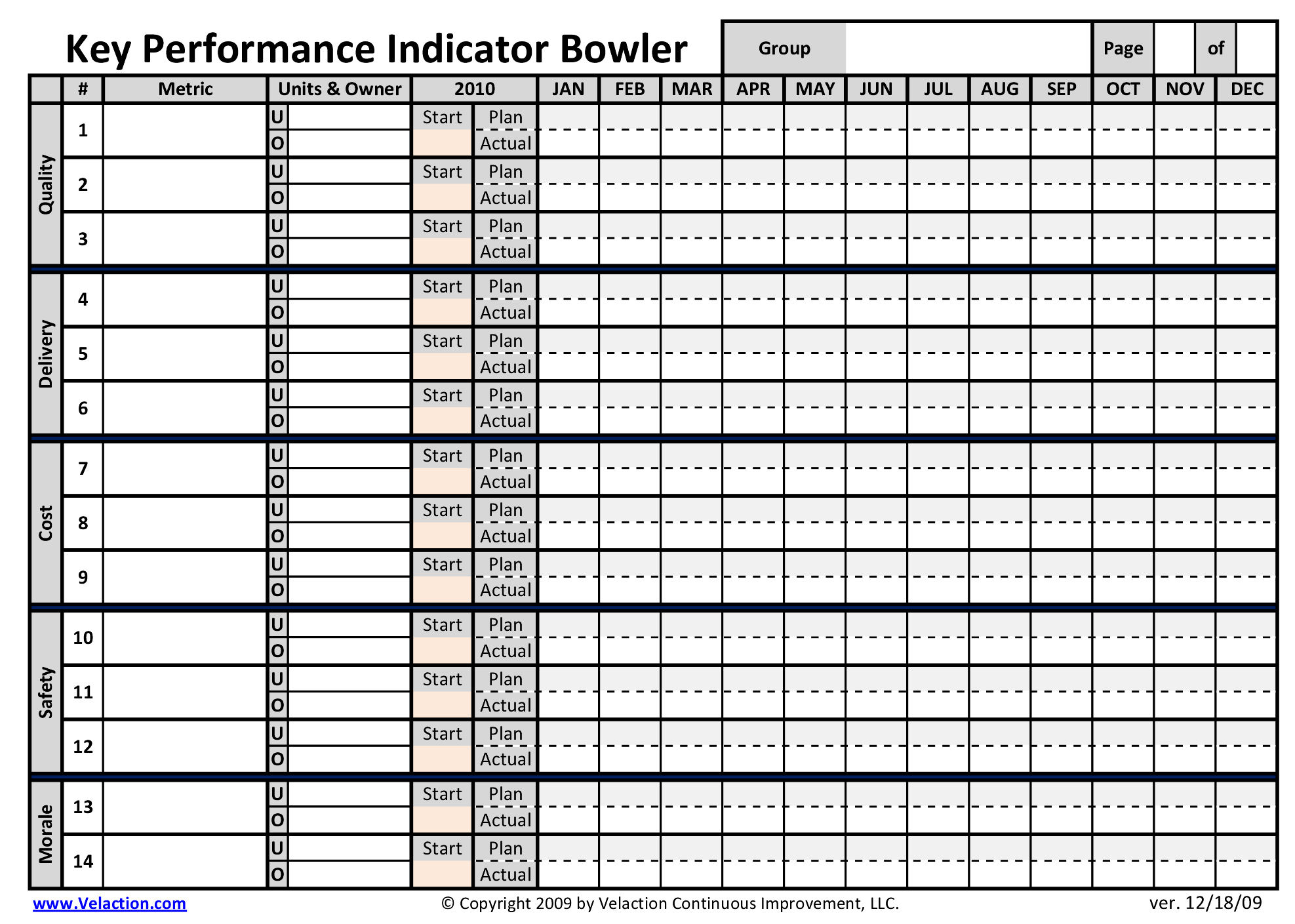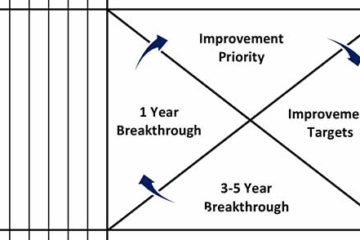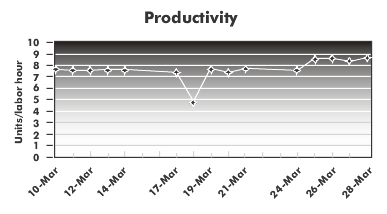Lean Terms
Key Performance Indicator
KPI stands for key performance indicator. KPIs are the specific, quantifiable measures by which an organization evaluates its success. KPIs come from two main sources. The first is that they can cascade down from policy deployment and are linked to an improvement target. In that situation, a key performance indicator Read more…


